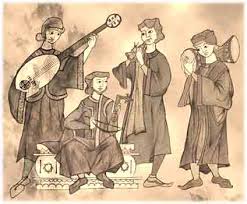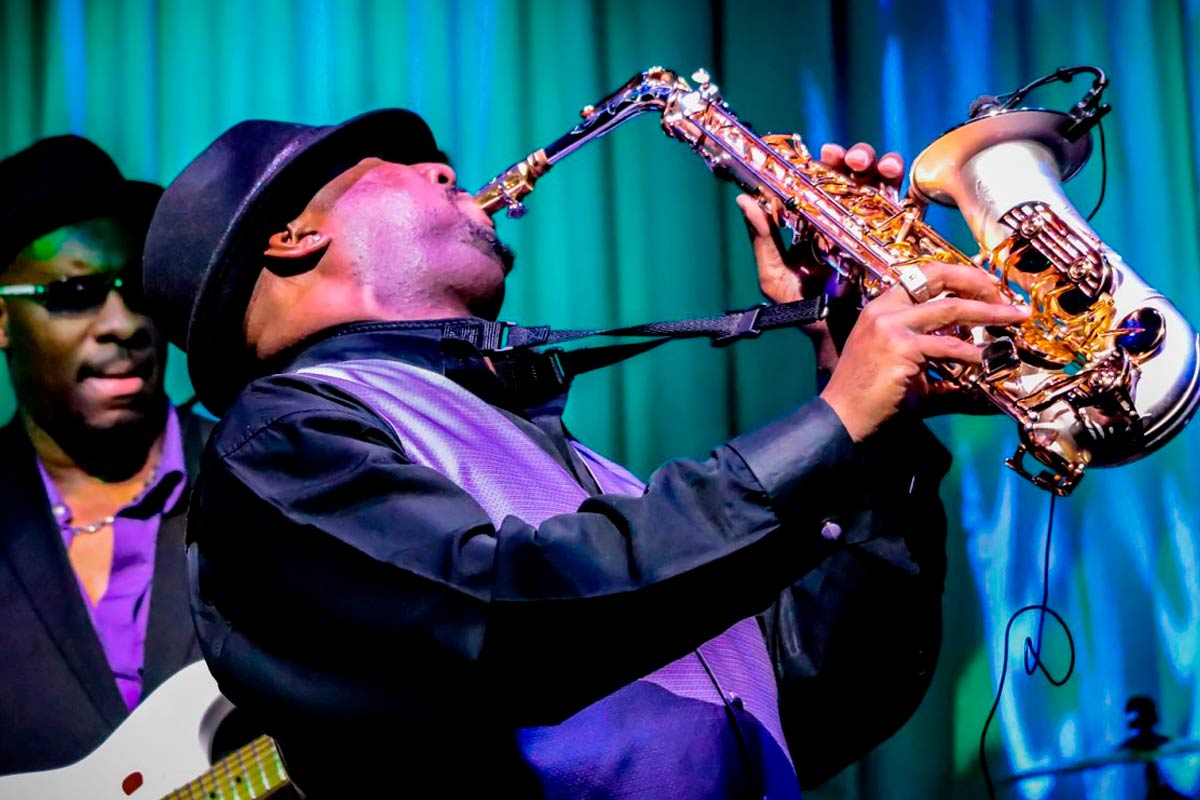
https://promocionmusical.es/musica-latina-rompio-listas-exitos-todo-el-mundo/



The Dictionary of the Spanish language defines "pop" as "a certain type of light and popular music derived from black musical styles and British folk music", the term coming from Pop English being a shortening of popular (popular) .4 Music authors and scholars David Hatch and Stephen Millward defined pop music as: "a body of music, which is distinguishable from popular music, jazz, and folk music." 5 The term pop song was first recorded in 1926, used in the sense of a piece of music "having popular appeal." Beginning in the 1950s, the term "pop music" has been used to describe a different genre, intended for a young market, often characterized as a gentle alternative to rock and roll. According to musicologist T. Warner, "in the wake of the rise of British artists in the so-called British invasion, around 1967, the term was increasingly used in opposition to the concept of rock music, to describe a more commercial form of music, ephemeral and accessible ». Although pop music is often viewed as singles chart-oriented, as a genre it does not simply consist of the sum of all musical hits, which has always contained songs from a variety of sources, including classical music, jazz or rock, but it configures a genre with a separate existence and development.
https://www.youtube.com/watch?v=NFZr07qASW8
The musical identity of jazz is complex and cannot be easily delimited. Firstly, although the term is often used to refer to a musical language (as it is done, for example, when talking about classical music), jazz is actually a family of musical genres that share common characteristics, but they do not individually represent the complexity of gender as a whole; second, its various "social functions" (jazz can serve as background music for gatherings or as dance music, but certain types of jazz require careful and focused listening) require a different angle of study; and third, the racial theme has always generated a deep debate about jazz, shaping its reception by the public. Although jazz is a product of African American culture, it has always been open to influences from other musical traditions, and since the 1920s it has been performed by musicians from different parts of the world with a very different background. Sometimes the work of most commercially successful musicians has been shown as a paradigm of jazz, noting that fans and critics have considered by-products far from tradition, understanding, on the contrary, that jazz is a form of black music, in African Americans have been its greatest innovators and its most notable representatives.
https://www.youtube.com/watch?v=MJqOgVS_pJ8
Electronic music is that type of music that uses electronic musical instruments and electronic musical technology for its production and interpretation. In general, it is possible to distinguish between the sound produced by using electromechanical means from that produced by electronic technology, which can also be mixed. Some examples of devices that produce sound electro-mechanically are the loom, the Hammond organ and the electric guitar. Purely electronic sound production can be accomplished using devices such as the theremin, sound synthesizer, and computer. Electronic music was once associated exclusively with a form of cultured western music, but since the late 1960s, the availability of music technology at affordable prices has led to music produced by electronic means becoming more and more popular. Currently, electronic music presents a great technical and compositional variety, ranging from forms of cultured experimental music to popular forms such as electronic dance music or shuffle dance.
https://www.youtube.com/watch?v=MJqOgVS_pJ8
Indie culture comes from so-called independent music, which emerged in the eighties. It is precisely from the independent term that the indie concept arises encompassing all those proposals that are located outside the limits of what is suggested by the main or mainstream culture. Currently, the term is used to refer to a group of the population that is made up mostly of young people and adolescents who share a style, an ideology, a way of being and being in the world. Or put another way: a way of life characterized by rejecting those forms that prevail in a certain context and influenced by the aspects that are least evident within said dominant culture. https://www.youtube.com/watch?v=pHy7whz8hok
https://www.youtube.com/watch?v=pHy7whz8hok
Reguetón or reggaetón is a danceable musical genre that is derived from reggae and dancehall, as well as elements mainly from hip hop and Hispanic music. It is a very popular musical genre to this day, which had its peak in the years 2000 and 2010. It was influenced by reggae in Spanish from Panama and developed in Puerto Rico in 1990; It emerged as a result of the popularity of Jamaican reggae, along with American hip hop during the early days of that era. Subsequently, reggaeton gradually departed from reggae, but continued to use the same instruments and musical rhythms but with different lyrics and melodies. This was because reggae beats were used in Puerto Rico on rap bases but with different lyrics and compositions. Similar to salsa, which was a cultural expression of Hispanic youth in the early 1970s, reggaeton entered the United States in the 1990s and 2000s and has become a mode of expression for many Hispanic youth. https://www.youtube.com/watch?v=2ACU5IDhaP4
https://www.youtube.com/watch?v=2ACU5IDhaP4